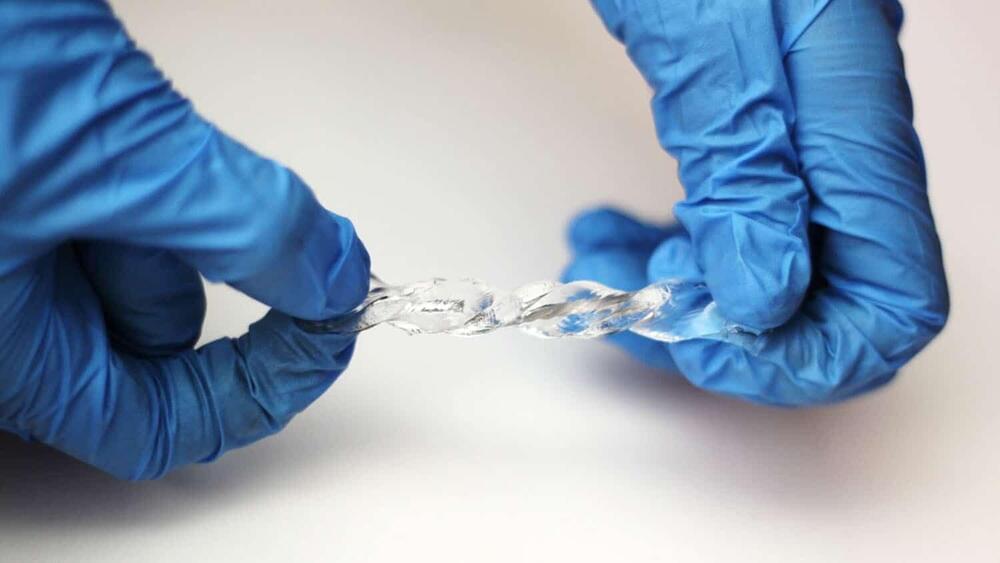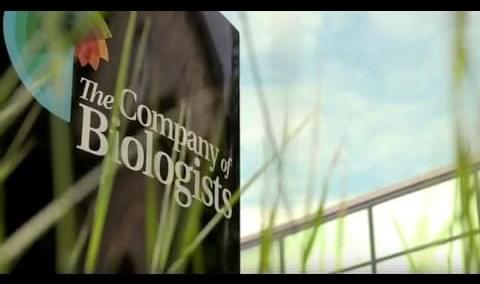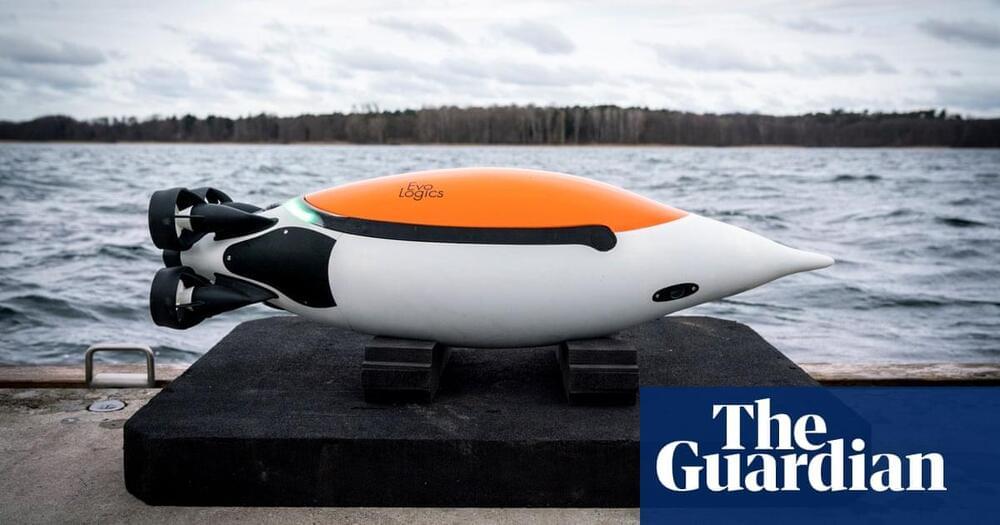Sep 1, 2021
Semiconductor Shortage Idles Four Stellantis North America Assembly Plants
Posted by Chima Wisdom in categories: computing, transportation
The global semiconductor shortage has dealt another huge blow to Stellantis, with the automaker announcing new production issues. Semiconductors are the backbone of today’s automotive industry, controlling electronic features like driver-assist technologies, hybrid-electric systems, and even infotainment connectivity. This time, the shortage is affecting production for several of the company’s most popular vehicles in North America.
According to several United Auto Workers (UAW) local union websites and a report from the Automotive News, several Chrysler, Dodge, Jeep®, and Ram Truck vehicles will be affected by the latest shortage of semiconductor chips.
Continue reading “Semiconductor Shortage Idles Four Stellantis North America Assembly Plants” »

















